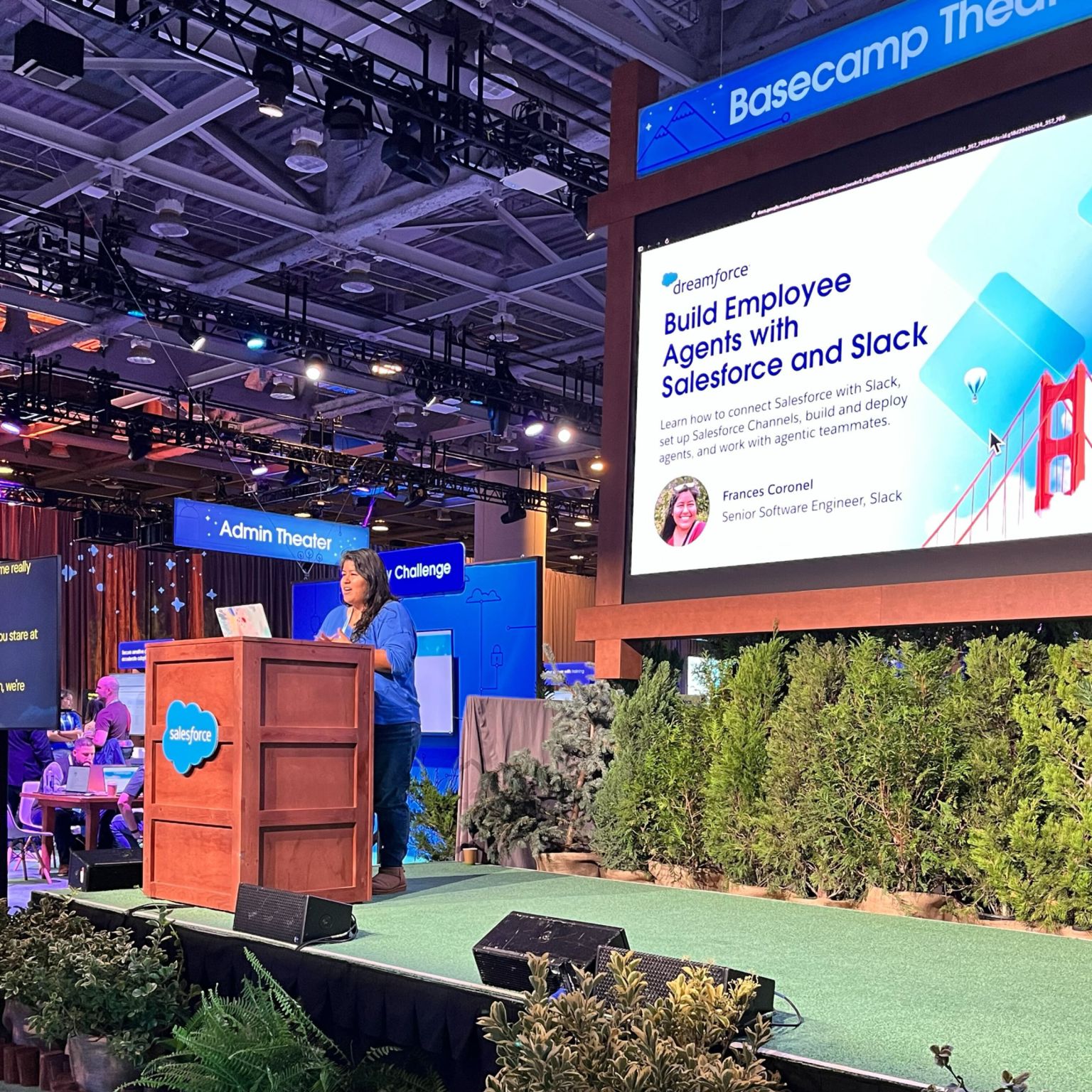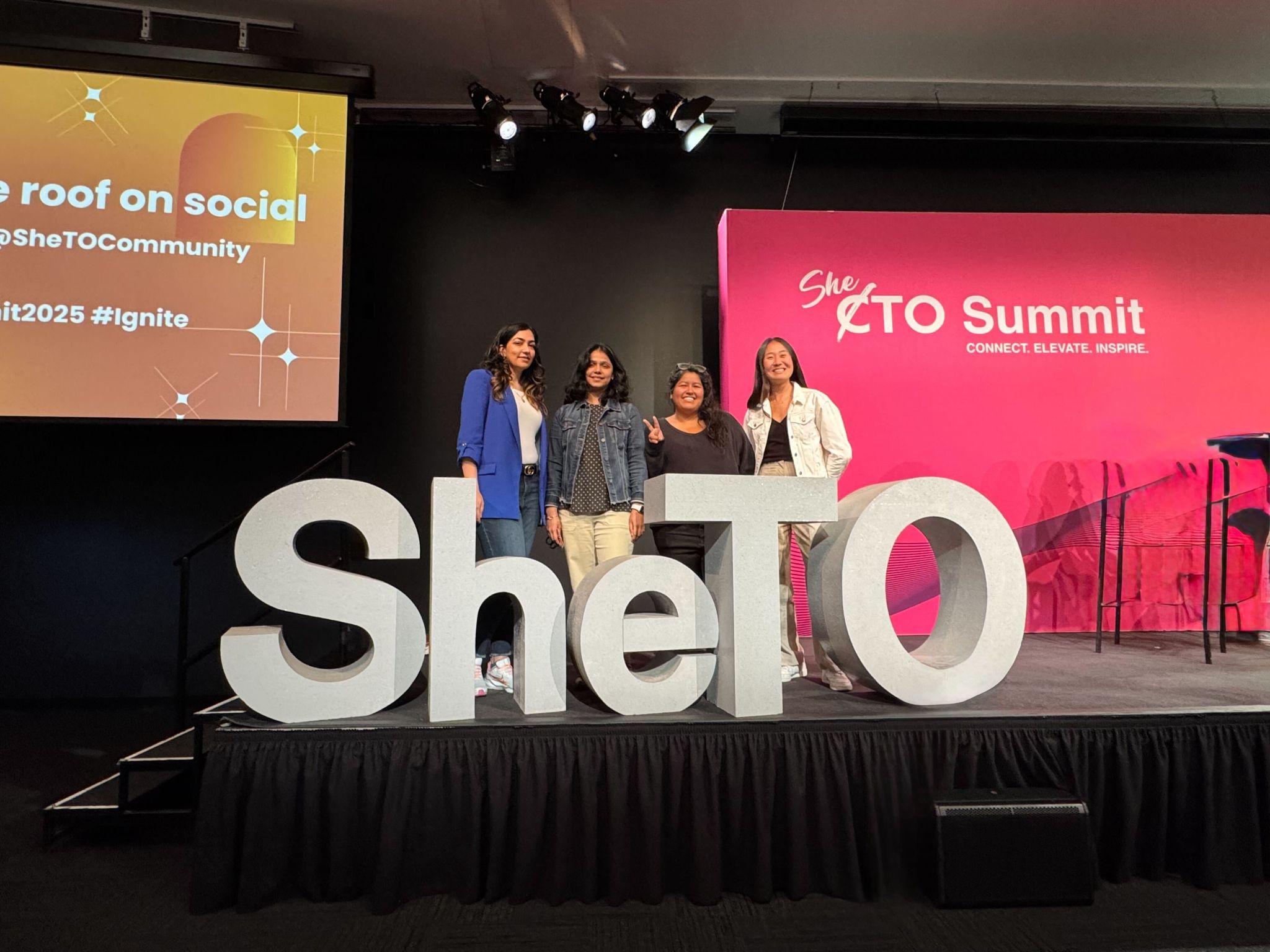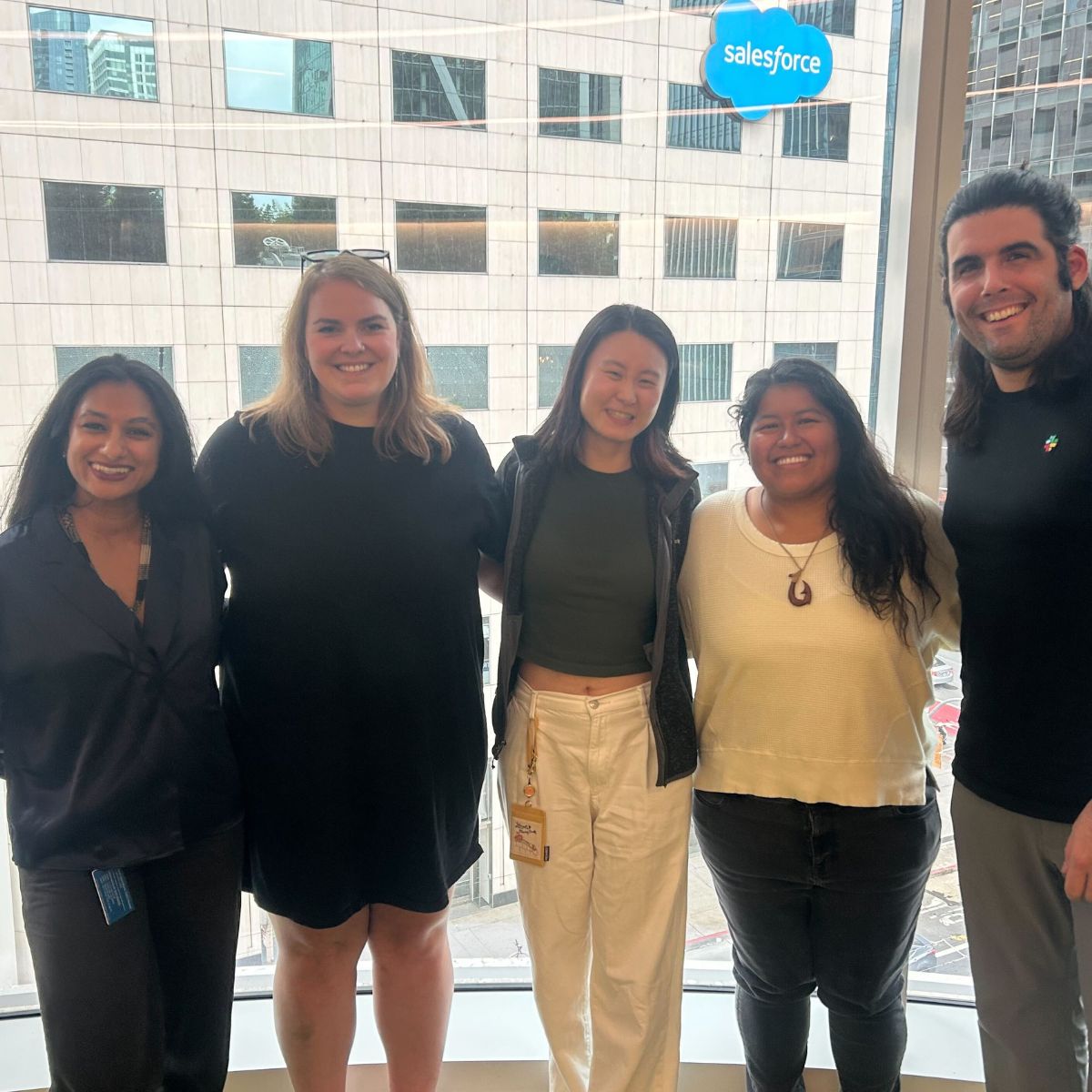Hoya Hacks - Life At Home

A mobile user interface for an Android application that allows users to send push notifications containing common household alerts and phrases to the Android devices of their family members. 🏠
Name
Organizer
Georgetown University
Location
Virtual
Date
January 29th to 31st, 2016
Role
Virtual Participant
About
The first virtual hackathon I attended.
Project
For Hoya Hacks 2016, I was unable to physically travel to the hackathon location at Georgetown University. My team was okay with me working remote though, so I just collaborated with them (mostly just Jamison though) virtually through the hackathon’s Slack channel.My team had a very hard time implementing our “Life at Home” idea due to the slow Internet and the high learning curve that comes with building an Android app. Regardless, I just wanted to share the interface I built out for the proposed idea that didn’t really come into fruition
In the end, this mobile UI was made for personal practice/fun, and not for the Hoya Hacks 2016 hackathon since my team sort of disintegrated.
Features
This was the original idea of Jamison Bryant, the team lead. I do not claim any credit for the idea and the text below is from the Project Plan Google Doc.
What Are We Designing?
We are designing an Android application that allows users to send push notifications containing common household alerts and phrases to the Android devices of their family members. Such phrases may include “The laundry room is available”, “The trash needs to be taken out”, or “Dinner is in 10 minutes”.
Why is this better than texting?
It is better than texting because all of the messages will be pre-programmed (there will be support for custom messages too). Thus, to send a particular message with the app you’ll have to tap once or twice to send the pre-programmed message, versus having to type it all out from scratch every time using a texting application.Furthermore, our app will support sending notifications to the entire family or to just one or two individual family members, and it doesn’t support replies, thus removing the burden of complicated and annoying group texts.
What if the message I want to send isn’t available?
The app will have support for custom messages. For example, if a user wants to be able to send the message “The chickens need to be fed” (a very useful messages for farming families, but not for average families, and thus not a pre-programmed messages). They can add it to the app and send it like they would a pre-programmed message.The built-in messages of the application will support “templating”, e.g. “Dinner in X minutes”, where the user will be prompted to specify X before sending. This allows the user to have some control over the messages that get sent without the need to create a custom message for every possible use case.
What parts will the project be made up of?
The project will be made up of two parts: the Android app itself, and a web service to process the push notifications. When a message is sent from the app, it will be communicated to a RESTful web service hosted on our domain at https://push.lifeatho.me (this domain will not be accessible from a web browser). Other Android devices will check periodically with the web service to see if new push notifications are available, and if so will pull them down and display them. Notifications will be associated with a “network ID” so that one family does not get another family’s notifications.
Tools
Team
- Jamison Bryant (team lead)
- Lenny Canny (beginner)
- Moses Namara (Android dev)
- me (designer)
- Organizer Lukas (advisor)















